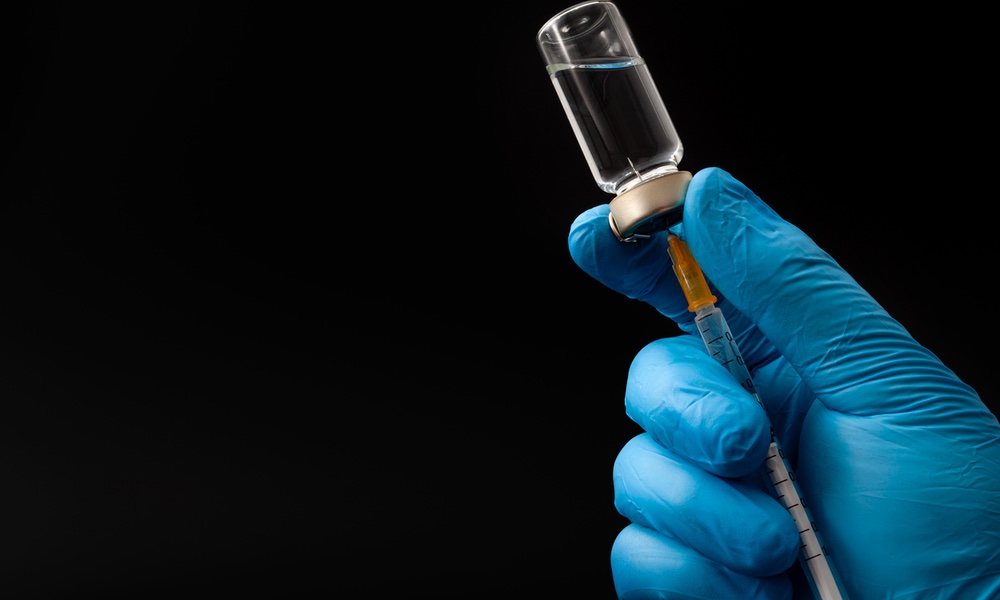Dr. Zacharski is Professor of Medicine, Dartmouth Medical School, Hanover, New Hampshire, and Associate Chief of Staff, VA Medical Center, White River Junction, Vermont.
The Case of Mrs. B.
A 79-year-old woman — we will call her Mrs. Benchley — came to her local hospital with pain and swelling in her right leg. She also complained of shortness of breath and pain on the left side of her chest when she did breathe. Over the previous two months, she had felt increasingly tired and had developed a dry cough. Mrs. Benchley had always been healthy, suffered from no serious illnesses, never smoked and was physically active.
After running a few tests, doctors found a small cancerous tumor in her lung. They also found enlargement of the lymph nodes, which indicated that the cancer had probably spread to other parts of the body. A biopsy, or examination of a sample of tissue removed from the lung tumor, confirmed that Mrs. Benchley had metastatic adenocarcinoma of the lung. Adenocarcinoma is one of the many types of cancer.
As for the pain and swelling in Mrs. Benchley's leg, tests revealed that she had deep vein thrombosis of a vein in her right leg. Also called DVT, deep vein thrombosis is a condition in which a blood clot blocks or reduces the flow of blood through one of the body's main veins. It can cause pain and swelling and can sometimes be life-threatening. For reasons that are not completely understood, it often occurs together with cancer.
For her DVT, Mrs. Benchley was given the usual treatment, which is IV heparin in the hospital, followed by warfarin, an oral anticoagulant (blood thinner) at home. Sold under a variety of brand names, heparin is a prescription anticoagulant that slows the rate of blood clot formation. It can both prevent formation of blood clots after surgery and, as in the case of Mrs. Benchley, help dissolve blood clots that have already formed. Warfarin, (usually sold under the brand name Coumadin®), is an oral anticoagulant.
As for the lung cancer, Mrs. Benchley's doctors did not recommend radiation or surgery and she decided against chemotherapy. Soon her DVT symptoms improved and she was sent home with a prescription for warfarin.
Unfortunately, however, the warfarin did not prevent another blood clot problem. Mrs. Benchley was readmitted to the hospital a month later with DVT, now in her left leg. She was again treated with IV heparin, did well and returned home. This time, instead of warfarin, she was prescribed a form of heparin called enoxaparin, which she could inject herself.
One year later, Mrs. Benchley returned to the hospital for a checkup. She had continued to lead an active life and had been surprisingly well, except for some shortness of breath with exertion. She had had no further problems with DVT. A chest X-ray showed that the spread of her lung cancer had slowed considerably. She was told to continue on a low dose of a form of heparin called low molecular weight heparin (sometimes abbreviated as LMWH).
Two Interesting Points
Mrs. Benchley is not unique, and her story illustrates two points. One is that the anticoagulant warfarin sometimes seems to lose its normal effectiveness against DVT in cases where the DVT occurs along with cancer. For some reason, heparin, a different kind of anticoagulant, seems to remain effective against DVT even with the presence of cancer.
A potentially more significant issue, however, is whether taking heparin to treat blood clotting problems may have somehow slowed down the growth of Mrs. Benchley's lung cancer. Based on cases like hers, doctors have begun to wonder if the human body's blood clotting mechanism may somehow play a role in the growth of cancerous tumors. If that is so, then it would explain why a drug like heparin that fights blood clotting might actually stop or slow down tumor growth.
Can Heparin Fight Cancer?
Recent research results have backed up the theory that the body's coagulation mechanism may play a part in the development of some cancers, as well as offering some explanation of why heparin might interfere with cancer. Heparin has been shown to fight the growth of tumors in animals in various ways.Some of these studies have also shed light on why heparin, and not warfarin, might have this effect. There is also preliminary evidence that LMWH treatment prolongs survival in patients with both DVT and cancer.
The possible reasons for this are not completely understood. To put them as simply as possible, cancerous tumors are usually surrounded by a substance called fibrin. Fibrin promotes the growth of the tumor and the growth of new blood vessels that supply the tumor with necessary nutrients. Heparin interferes with fibrin formation and perhaps directly inhibits the formation of new blood vessels. Both heparin and LMWH may also inhibit tumor growth in other ways.
Summary
Whatever the exact mechanisms involved, there is mounting evidence that the anticoagulant drug heparin may fight the growth of at least some kinds of cancerous tumors.17 In experiments using rats, treatment with heparin has decreased the likelihood that cancer will metastasize, or spread throughout the body. Similar studies on humans have been promising, though not conclusive.[[FN:18:1174]
The interaction of the body's coagulation mechanisms, heparin and cancer is an extremely complex issue. Cancer, itself, comes in many forms and acts in many different ways. While we await the results of further research, a person facing a decision about cancer treatment — especially someone with lung cancer or DVT — may wish to discuss heparin treatment with their doctor.




